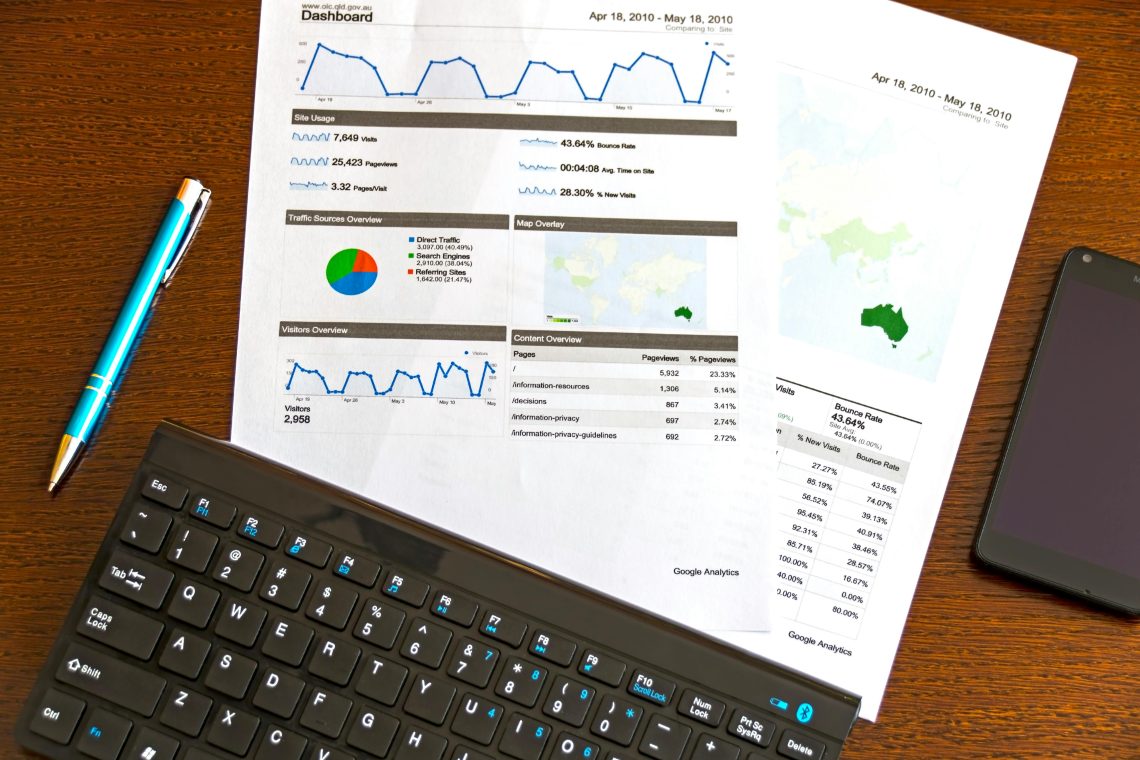
Data Storytelling in Dashboards: How to Communicate Insights Effectively
Data storytelling in the dashboard makes an unforgettable impression on the audience, ensuring the maximum impact. Storytelling is a powerful tool to grab the audience’s attention while sharing complex data information more easily and understandably.
First, let’s get into what data storytelling is. A data story is a narrative that simplifies the complex insights from data. It uses this information more effectively and efficiently to communicate it to the audience so that they can understand it. It is then combined with storytelling techniques, which are essential to understand the concept and its relation to analyzing and delivering data.
Storytelling comprises the art of understanding people’s emotions and delivering a narrative in a way that the audience feels connected and related to the scenario. It is an essential skill for data scientists to master and turn data analytics into stories that everyone can understand and relate to.
So, let’s get into the details of leveraging the existing data set to communicate effectively and inspire others through effective data storytelling skills.

What is Data Storytelling in the Dashboard?
A data storytelling dashboard is about showcasing and marketing the flow of content to your audience. In other words, it is the process of translating complex data analysis into an understandable one. The goal of data storytelling in the dashboard is to present data analysis into clear and actionable insights using three basic components: data, narrative, and visualization.
How to Initiate Data Storytelling in the Dashboard
Dashboards are a form of communication, and data storytelling helps improve data communication. It helps you deliver a consistent shared view of data and key metrics important to people. An effective dashboard must be concise and easily readable for the audience. Here’s how you can initiate it.
Turn Metrics into an Actionable Concept
Data is a core part of an organization, and they need to know how to communicate insights from data effectively. The data analysis is a process that follows a collection of data, its preparation, analysis, presentation, and then deployment.
Here comes the role of data storytelling. It assesses, analyzes, and communicates data-rich insights. It automatically transforms complex information into simple narratives and bullet points.
It analyzes key performance indicators (KPIs), empowers organizations to align their core business goals, and transforms data into result-driven, actionable narratives.
Identify Your Source of Data
Prioritize the data that is useful for your analysis without overwhelming your audience with information. Carefully select the variables that you need and only use the most critical data. Maintain your focus on the data set that makes sense. Since the human brain cannot focus on more than 7 things at a time, keep KPIs on the dashboard below 7.
Develop Your Narrative
Your story should be the supporting pillar of your data insights. Make your audience understand the narrative by distilling complex information into informative insights. As you create your data story, it is essential to combine these elements to create an emotional response from your audience.
Convey a Compelling Plot Line
In data storytelling, it doesn’t mean just to focus on simplifying the data story and you hope that people will focus on dialogues.
In fact, every story needs a compelling and easy-to-follow plot that follows the data story from the beginning to the end. By being strategic and straightforward, adding logic, and discussing and emphasizing more important points, you can make it easier for the audience to leave with key takeaways.
Remove Distractions
Remember that your audience doesn’t want to be overwhelmed with large numbers and texts. They want a centralized view of information including a dashboard with a more detailed view of specific graphs. So keep it short and focused. The advantage of data storytelling in dashboards is that creates a narrative around your KPIs. However, avoid adding too many indicators or unnecessary elements to avoid confusion.
Choose a Perfect Visualization
Visualization, along with storytelling, is the two major components that give a data analyst the power to turn their analytical skills into an ability to build a model. No matter how deep your analysis or how good your story is, they are incomplete without strong visuals to back up your storyline.
The major factor in visualization is color. Colors are the first thing to be noticed and invite interpretations of a person’s personality and emotions. A consistent and appropriate color scheme is crucial for perfect visualization. Add no more than 3 hues and each color existing on your dashboard should have a justified reason. Keep visuals simple by applying a complementary color scheme. Be mindful to make it more appealing.
Data Storytelling in Dashboard Dos and Don’ts
Do’s
- List sources and include links to ensure that data is complete and reliable
- Provide readers with key takeaways that they can use to go forward
- Narrate the data story in digestible chunks and strengthen your argument with every step
- Maintain consistency by using repetition in colors, visuals, and labels
Don’ts
- Give the whole picture to your audience and do not solely support your ideas
- Don’t offer facts without values
- Use clear comparisons for people and avoid garbling facts
- Dont show a lack of confidence in your recommendations
Conclusion
Data storytelling in the dashboard requires you to design stories for your audience. Your story must cover insight and should be engaging and enlightening while leaving your audience with new ideas and perspectives to go on with.






One Comment
Pingback: